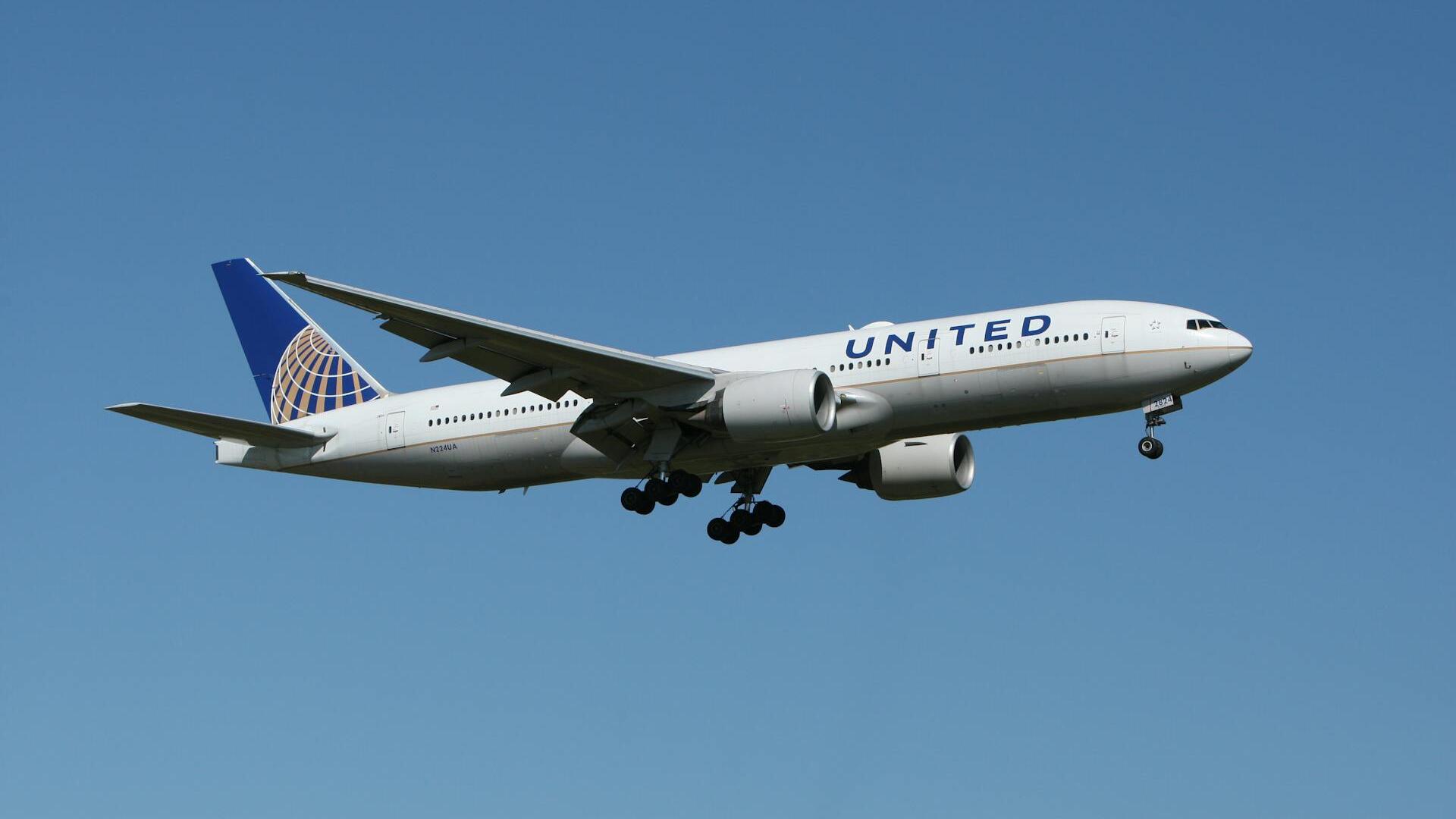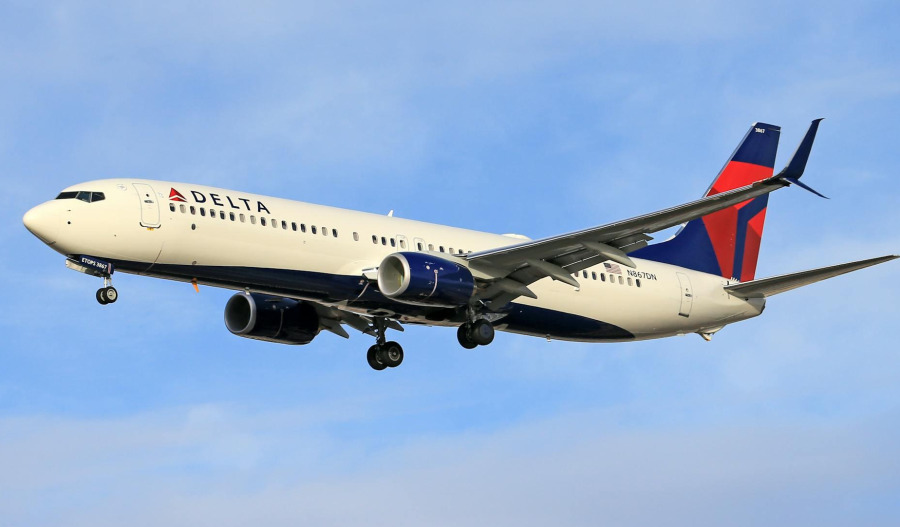United Airlines beat estimates on earnings per share last quarter, as its passenger numbers rose.
Earnings per share were US$2.78, down from $3.33 year-over-year but above LSEG estimates of $2.62. Revenue was $15.23 billion, up 2.6% but below estimates of $15.33 billion.
“We’ve invested in customers at every price point: Seatback screens, an industry-leading mobile app, extra legroom, a lie-flat United Polaris seat, and fast, free, reliable Starlink on every plane by 2027. Our customers value the United experience, making them increasingly loyal to United,” United Airlines CEO Scott Kirby said.
“Those investments over almost a decade, combined with great service from our people, have allowed United to win and retain brand-loyal customers, leading to economic resilience even with macro economic volatility through the first three quarters of the year and significant upside as the economy and demand are improving in the fourth quarter.”
Passenger revenue was up 1.9% to $13.82 billion, while cargo revenue grew 3.2% to $431 million. Other revenue increased by 13.2% to $979 million.
The company recorded 48.38 million passengers last quarter, a 6.2% increase. It flew around 427,000 passengers each day.
United is set to raise its domestic capacity by 5.7% in 2025, nearly double the capacity growth of competitors Delta Air Lines and American Airlines. Its capacity rose by 7.2% year-over-year last quarter.
Operating expenses rose by 4.2%, driven by increases in salaries and landing fees. Fuel expenses were largely stable, up by just 0.1%.
Domestic passenger revenue grew by 3.1% to $8.10 billion. Europe and Latin America revenue declined, while Atlantic, Pacific, and Middle East/India/Africa revenue increased.
Its fourth quarter forecast expects adjusted earnings per share of $3.00-3.50.
United Airlines’ (NASDAQ: UAL) share price rose to $105.50 in after-hours trading after closing at $104.05, but then fell to $101.95. Its market capitalisation is $33.68 billion.



